This article was medically reviewed by Ronn Callada, RN, MS. Ronn Callada, ANP, RN is a Nurse Practitioner at the Memorial Sloan Kettering Cancer Center in New York. Ronn is also part of the adjunct faculty at New York University in nursing. He received his MS in Nursing from Stony Brook University School of Nursing in 2013.
There are 15 references cited in this article, which can be found at the bottom of the page.
wikiHow marks an article as reader-approved once it receives enough positive feedback. This article received 13 testimonials and 84% of readers who voted found it helpful, earning it our reader-approved status.
This article has been viewed 568,786 times.
Although a skinned knee is a relatively minor abrasion, you still want to take steps so that it heals as quickly and safely as possible. With a few easily-available supplies, you can clean and care for the wound. Take the right steps, and you'll be back to normal as soon as possible.
Steps
Assessing the Situation
-
1Check the wound. Most of the time, a skinned knee is a relatively minor problem, treatable at home—but inspect your wound just to be sure. A wound is considered minor and treatable without medical attention if:[1]
- It is not deep enough to see fat, muscle, or bone.
- It is not spurting blood.
- Its edges are not jagged and far apart.
- If you do notice any of these conditions, contact a doctor.
- If you haven't had a tetanus shot in ten years, see a doctor and get a booster.
- If you haven't had a tetanus shot in five years and the wound was caused by something dirty or is a puncture wound (a wound that's deeper than it's wide), see a doctor and get a tetanus booster.
-
2Wash your hands before treating the wound.[2] You do not want to cause an infection when treating your skinned knee, so wash your hands thoroughly with soap and warm water before starting to take care of it. If you want extra protection, you can also put on disposable gloves before starting to clean the skinned knee.Advertisement
-
3Stop any bleeding. If there is any bleeding on your skinned knee, stop it by applying pressure on the site.
- If dirt or debris is blocking the spot where the knee is bleeding, rinse it off before trying to stop the bleeding. Otherwise, rinse and wash the wound area after stopping the bleeding.
- To stop the bleeding, hold a clean cloth or gauze over the bleeding portion of the wound, and apply pressure for a few minutes.
- Change the cloth or gauze if it becomes soaked with blood.
- If the bleeding does not stop after 10 minutes, contact a doctor, as stitches may be required.[3] [4]
Cleaning and Dressing the Wound
-
1
-
2
-
3Remove any debris. If anything is stuck in the wound, like dirt, sand, splinters, etc., use tweezers to carefully remove this material. First clean and sterilize the tweezers by rubbing them with a cotton ball or gauze soaked in isopropyl alcohol.[12] Rinse with cool water once the debris is removed.
- If dirt or other material is lodged so deep in the wound that you cannot get it out, contact a doctor.[13]
-
4Gently pat dry. Once you have rinsed and washed the skinned knee, gently use a clean cloth or towel to dry the area. Patting rather than rubbing it dry will help you avoid unnecessary pain.
-
5Apply an antibiotic cream, especially if the wound was dirty. This can deter infection and help the wound as it heals.[14] [15]
- There are numerous types of antibiotic creams and ointments, containing different active ingredients or combinations (bacitracin, neomycin, and polymyxin, for example). Always carefully follow the directions provided with your cream regarding the amount to use and method of application.
- Some creams have mild analgesics incorporated as pain relief.
- Some ointments and creams may cause an allergic reaction in some people. If you notice redness, itching, swelling, etc. after using one of these products, stop using it and try another one with a different active ingredient.
-
6Cover the wound. Make sure to cover your skinned knee with a bandage, to protect it from dirt, infection, and irritation from clothing during the time it needs to heal. You can use an adhesive bandage, or sterile gauze held in place with tape or an elastic band.[16]
Caring for the Wound as it Heals
-
1Apply fresh bandages as needed. Change the bandage covering your skinned knee daily, or more frequently if it becomes wet or dirty.[17] [18] Wash any dirt away from the area, as before.
- Research demonstrates that removing an adhesive bandage quickly rather than slowly will probably cause less pain, although it depends somewhat on the nature of the wound.[19] [20]
- Rubbing the ends of an adhesive bandage with oil, and letting it sit for a few moments, might help remove the bandage with less pain.
-
2Reapply antibiotic cream daily.[21] While this alone doesn’t make the wound heal faster, it will stave off infection. An antibiotic cream will also keep a wound moist as it heals, which will prevent the scabbing and scarring that may result if a wound dries out. Generally, creams can be applied once or twice a day. check with product directions for frequency.[22]
-
3Pay attention to how the healing is progressing. Exactly how fast your skinned knee will heal depends on a number of factors like your age, nutrition, whether or not you smoke, your stress level, if you have an illness, etc. Moreover, antibiotic creams will only stave off infections, not actually heal the wound faster. If you wound seems to be healing abnormally slowly, check with a medical professional, as it could be a sign of something more serious, like an illness.[23]
-
4Contact a doctor if things seem to get worse. You will need expert attention: [24] [25] [26]
- If the knee joint stops working.
- If your knee feels numb.
- If the wound bleeds and won’t stop.
- If there is dirt or other foreign material in the wound that you can’t get out of it.
- If the wound site becomes inflamed or swollen.
- If red streaks radiate from the wound.
- If the wound site drains pus.
- If you run a fever of over 100.4° F (38° C)
Expert Q&A
Did you know you can get expert answers for this article?
Unlock expert answers by supporting wikiHow
-
QuestionWhat should I do about a deep cut?
 Jonas DeMuro, MDDr. DeMuro is a board certified Pediatric Critical Care Surgeon in New York. He received his MD from Stony Brook University School of Medicine in 1996. He completed his fellowship in Surgical Critical Care at North Shore-Long Island Jewish Health System and was a previous American College of Surgeons (ACS) Fellow.
Jonas DeMuro, MDDr. DeMuro is a board certified Pediatric Critical Care Surgeon in New York. He received his MD from Stony Brook University School of Medicine in 1996. He completed his fellowship in Surgical Critical Care at North Shore-Long Island Jewish Health System and was a previous American College of Surgeons (ACS) Fellow.
Board Certified Critical Care Surgeon
-
QuestionWhat if the scrape is on top of the knee, pus is coming out, and I can't bend my knee?
 Jonas DeMuro, MDDr. DeMuro is a board certified Pediatric Critical Care Surgeon in New York. He received his MD from Stony Brook University School of Medicine in 1996. He completed his fellowship in Surgical Critical Care at North Shore-Long Island Jewish Health System and was a previous American College of Surgeons (ACS) Fellow.
Jonas DeMuro, MDDr. DeMuro is a board certified Pediatric Critical Care Surgeon in New York. He received his MD from Stony Brook University School of Medicine in 1996. He completed his fellowship in Surgical Critical Care at North Shore-Long Island Jewish Health System and was a previous American College of Surgeons (ACS) Fellow.
Board Certified Critical Care Surgeon
Things You'll Need
- Water
- Antiseptic Soap
- Tweezers
- Clean Towel or Cloth
- Antibiotic Cream
- Bandages
References
- ↑ http://www.urmc.rochester.edu/encyclopedia/content.aspx?ContentTypeID=1&ContentID=2978
- ↑ hhttps://www.cdc.gov/healthywater/hygiene/hand/handwashing.html
- ↑ http://www.urmc.rochester.edu/encyclopedia/content.aspx?ContentTypeID=1&ContentID=2978
- ↑ http://health.williams.edu/files/StudentOnline/SkinInjuries_SO.html
- ↑ http://www.urmc.rochester.edu/encyclopedia/content.aspx?ContentTypeID=1&ContentID=2978
- ↑ https://www.uofmhealth.org/health-library/tp22233spec
- ↑ http://www.urmc.rochester.edu/encyclopedia/content.aspx?ContentTypeID=1&ContentID=2978
- ↑ hhttps://medlineplus.gov/ency/article/000043.htm
- ↑ http://www.med.wisc.edu/news-events/hydrogen-peroxide-provides-clues-to-immunity-wound-healing-tumor-biology/32917
- ↑ http://www.urmc.rochester.edu/encyclopedia/content.aspx?ContentTypeID=1&ContentID=2978
- ↑ https://www.ucihealth.org/blog/2018/10/wound-care
- ↑ http://www.urmc.rochester.edu/encyclopedia/content.aspx?ContentTypeID=1&ContentID=2978
- ↑ http://www.mayoclinic.org/first-aid/first-aid-cuts/basics/art-20056711
- ↑ http://www.urmc.rochester.edu/encyclopedia/content.aspx?ContentTypeID=1&ContentID=2978
- ↑ https://www.aafp.org/afp/2004/0601/p2647.html
- ↑ http://www.urmc.rochester.edu/encyclopedia/content.aspx?ContentTypeID=1&ContentID=2978
- ↑ http://www.urmc.rochester.edu/encyclopedia/content.aspx?ContentTypeID=1&ContentID=2978
- ↑ https://www.ucihealth.org/blog/2018/10/wound-care
- ↑ http://www.ncbi.nlm.nih.gov/pubmed/20028307
- ↑ https://www.mja.com.au/journal/2009/191/11/fast-versus-slow-bandaid-removal-randomised-trial
- ↑ http://studentaffairs.centralstate.edu/documents/Student_Self-Care_Guide_001.pdf
- ↑ http://www.healthcenter.vt.edu/assets/docs/WoundCare.pdf
- ↑ http://goaskalice.columbia.edu/how-do-wounds-cuts-scrapes-lacerations-heal
- ↑ http://www.urmc.rochester.edu/encyclopedia/content.aspx?ContentTypeID=1&ContentID=2978
- ↑ http://health.williams.edu/files/StudentOnline/SkinInjuries_SO.html
- ↑ https://www.healthdirect.gov.au/wounds-cuts-and-grazes

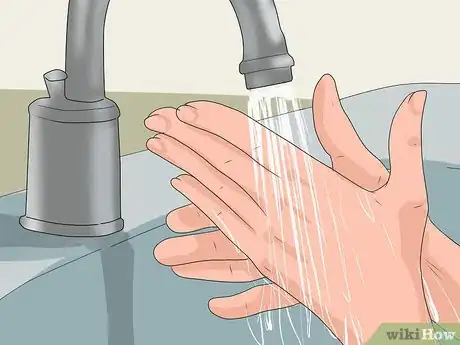
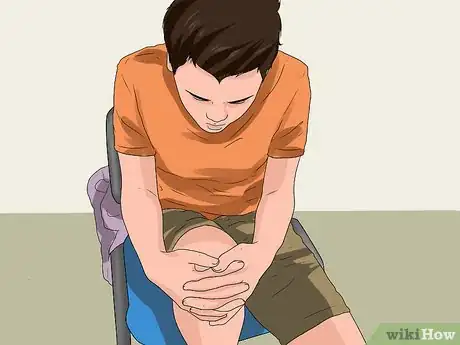
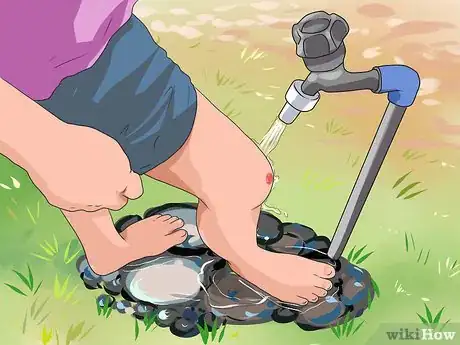
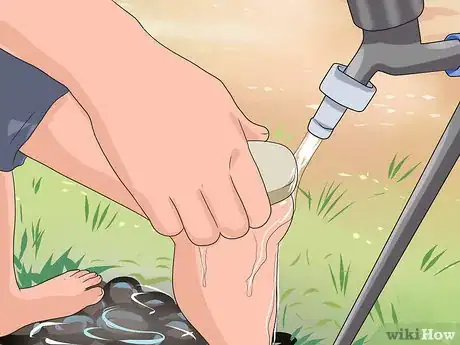
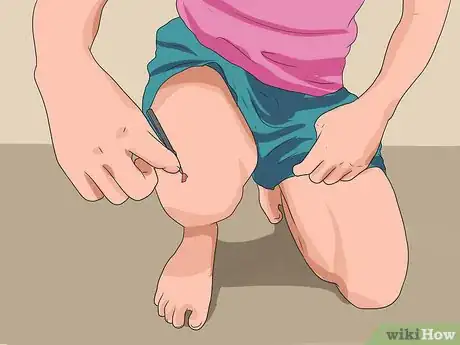
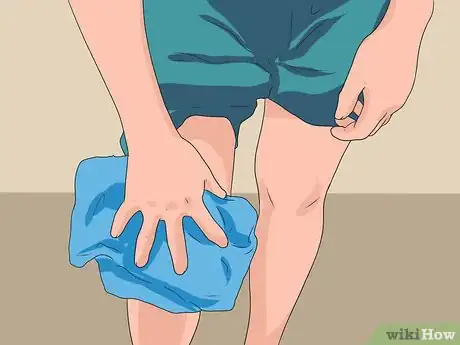
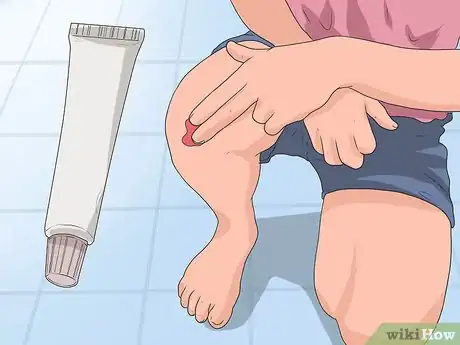
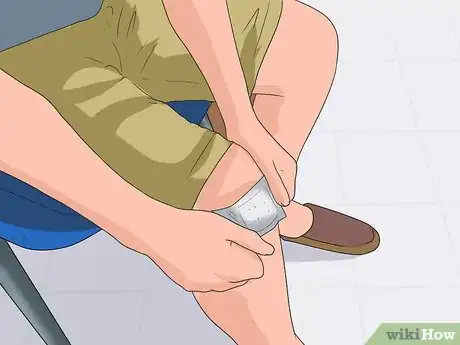




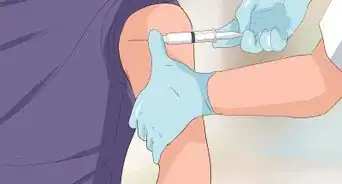

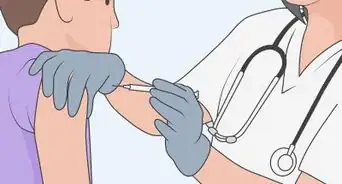






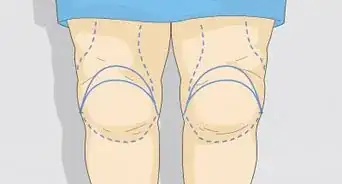












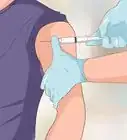


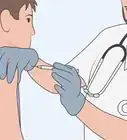



































Medical Disclaimer
The content of this article is not intended to be a substitute for professional medical advice, examination, diagnosis, or treatment. You should always contact your doctor or other qualified healthcare professional before starting, changing, or stopping any kind of health treatment.
Read More...